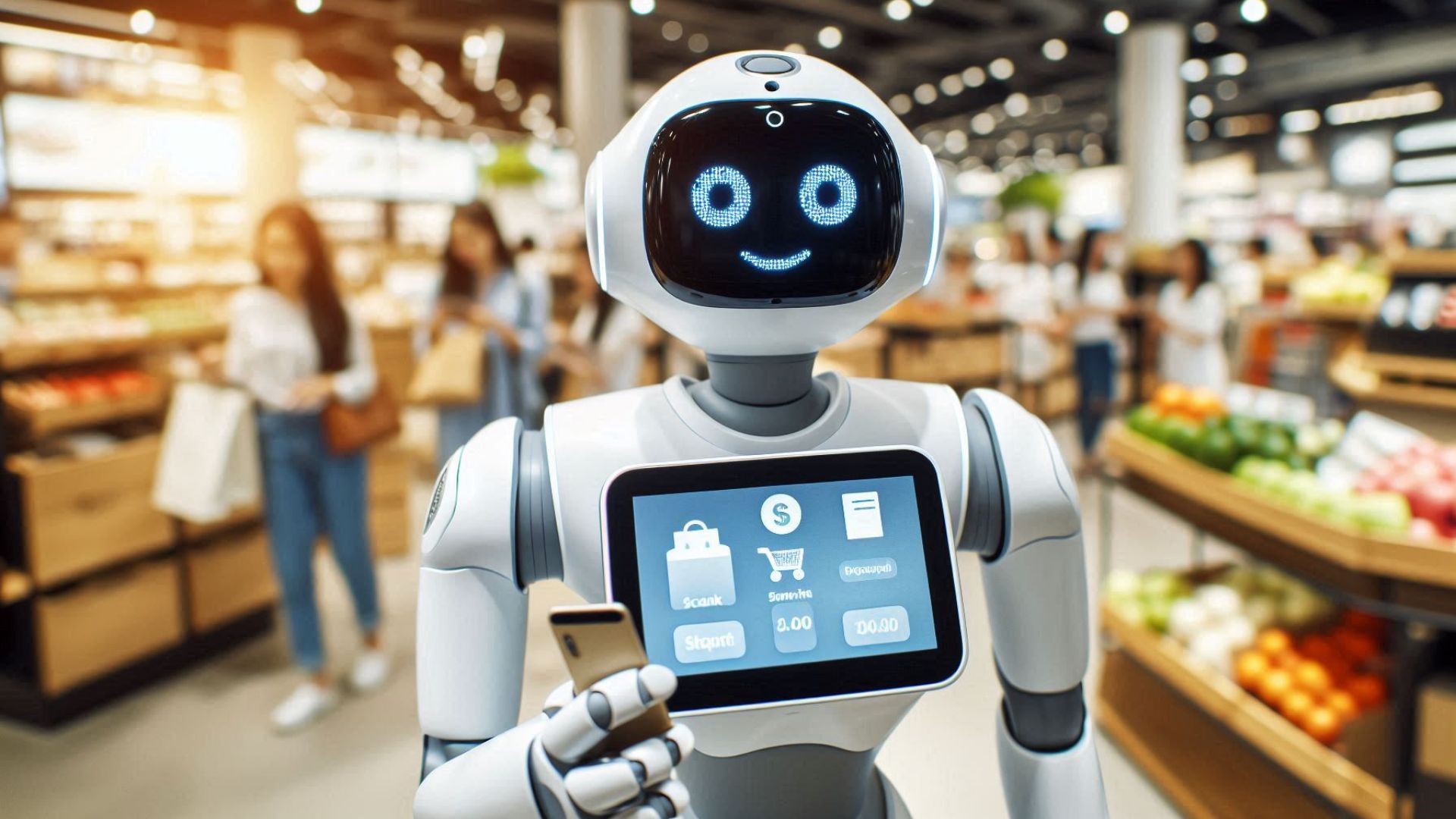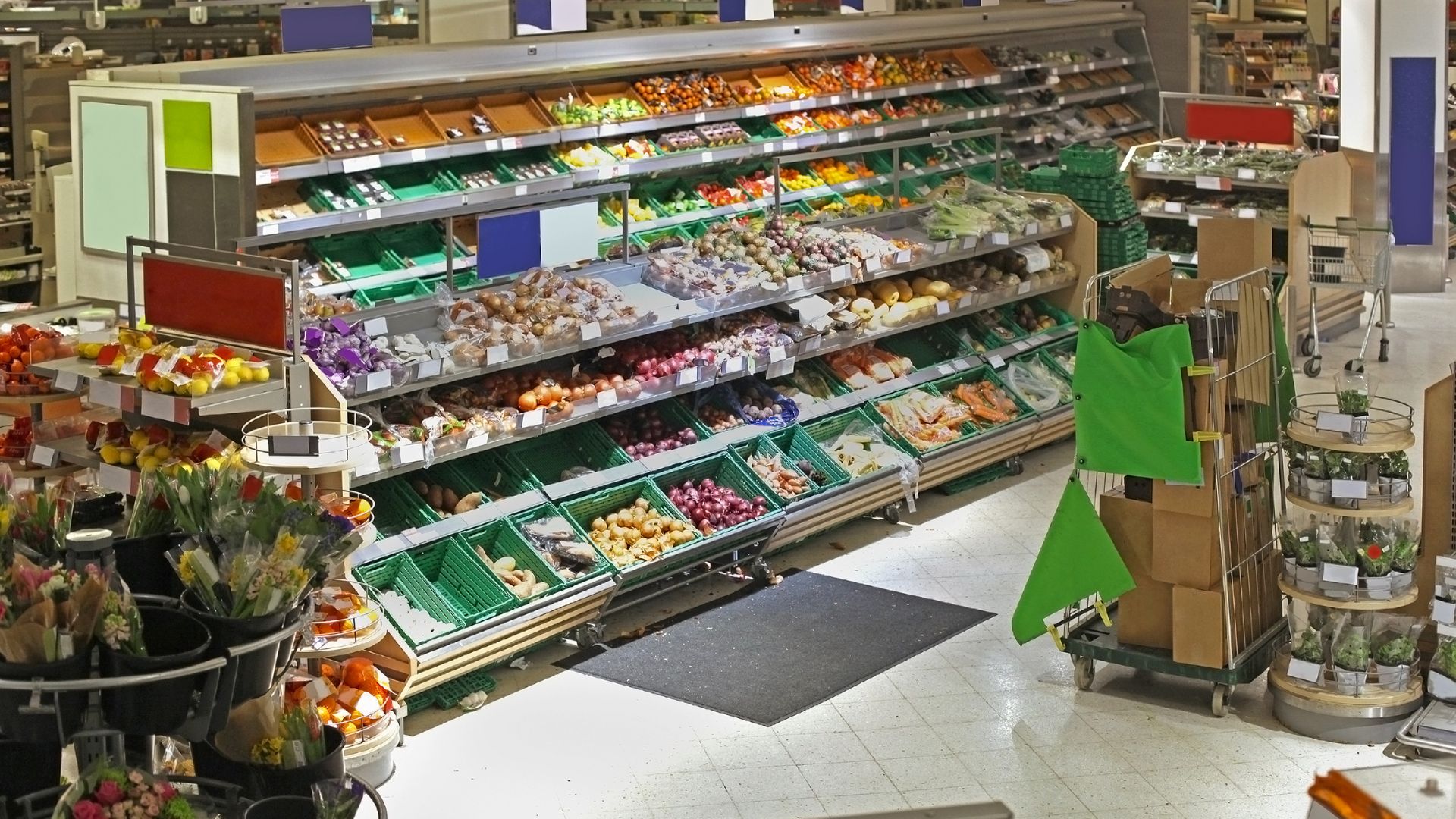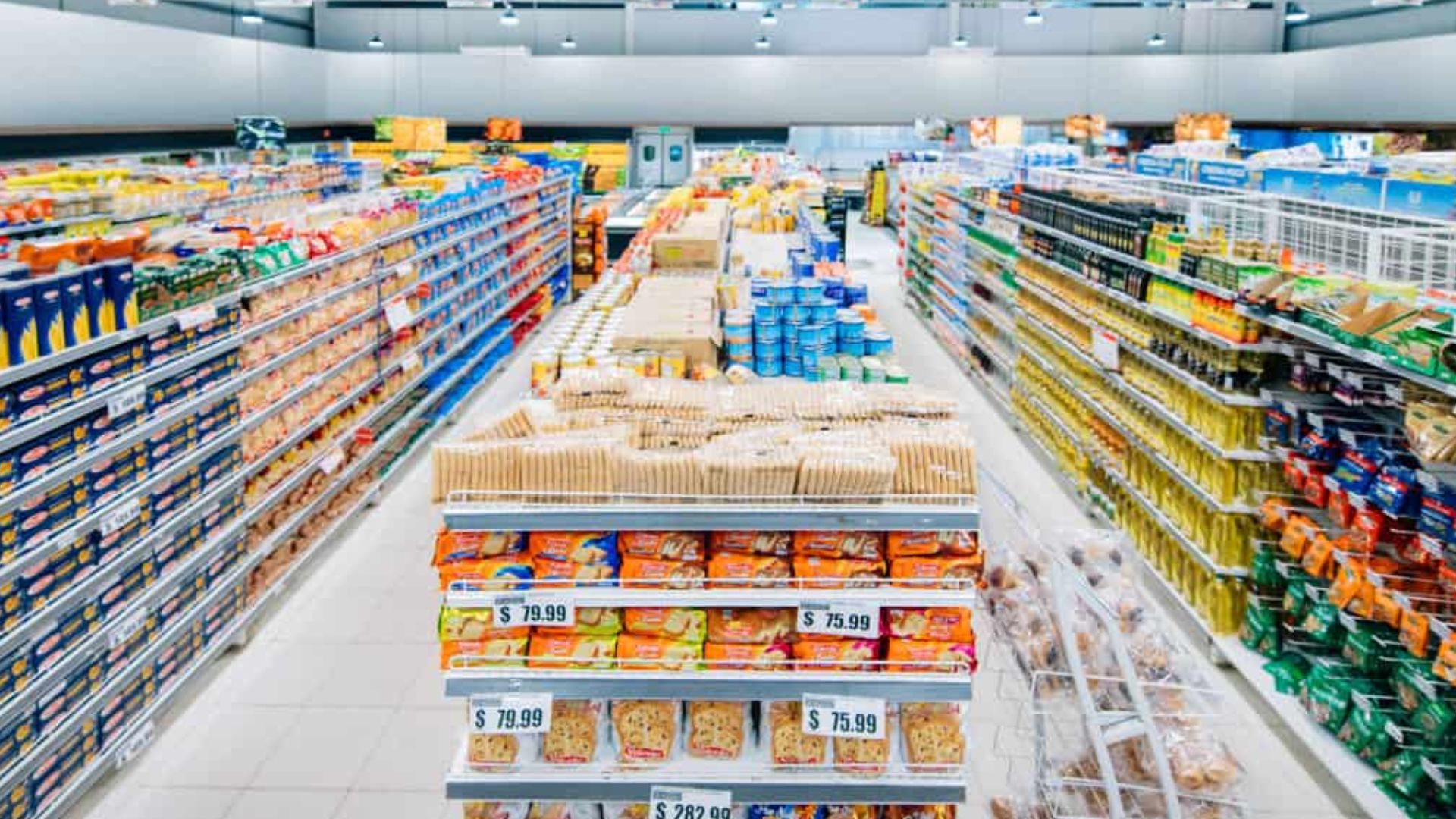With inflation continuing to rise and price sensitivity at an all-time high, CPG companies must adopt a data-driven approach to stay competitive. According to a PwC survey on consumer insights, more than half of the respondents stated that getting good value for the price of a product or service is a top reason why they continue to buy from a business.
Retail price monitoring software plays an essential role in such a scenario. It helps CPG brands track competitor prices in real-time and adjust their pricing strategies to stay competitive. As the retail landscape becomes increasingly volatile, having the right tools to monitor prices on shelf tags, optimize promotions, and adapt quickly to product demands and market changes is critical for boosting sales and improving margins by minimizing price gaps inside stores.
In this article, we will explore the importance of retail price monitoring, its significant role in driving sales growth, and how using specialized technology can streamline pricing strategies. We'll also delve into how price monitoring software can empower CPG companies to stay competitive in an ever-evolving marketplace.
What is Retail Price Monitoring?
Retail price monitoring refers to the practice of tracking displayed product pricing, and analyzing competitor pricing data, market trends, and consumer behavior to adjust and ensure pricing compliance. The process can range from manually checking competitor prices to using automated software solutions that provide real-time data and actionable insights.
For CPG companies, monitoring these factors is crucial in maintaining profitability, avoiding stockouts, and staying competitive. Price monitoring is significant because it drives data-driven decisions that not only optimize promotions but also help avoid margin erosion by tracking competitive pricing.
By using retail price monitoring tools, CPG companies can quickly plug gaps, adapt to market changes, track how competitors are pricing their products, and adjust their prices accordingly. This agility helps capture more market share, maximize profit margins, and keep customers satisfied with competitive pricing.
Benefits of Price Monitoring Software
Price monitoring software offers a variety of advantages to Consumer Packaged Goods (CPG) brands, enabling them to stay competitive and optimize their pricing strategies. Below are the key benefits:
1. Competitive Pricing Adjustments: Price monitoring software helps CPG brands track competitor pricing, allowing them to adjust their pricing in real-time. This ensures they remain competitive in a crowded market.
2. Optimized Profit Margins: By monitoring price changes and demand fluctuations, brands can identify optimal pricing points that maximize profitability while remaining attractive to consumers.
3. Improved Margin Protection: With automated alerts, CPG brands can ensure that prices don’t drop below certain thresholds, protecting their margins and preventing erosion due to underpricing or discounting.
4. Market Trends Insights: Price monitoring software provides valuable data on market trends, helping CPG brands identify shifts in consumer demand, competitor pricing strategies, and emerging opportunities.
5. Enhanced Promotional Effectiveness: CPG brands can monitor how their promotions and price changes are performing in the market, allowing them to make timely adjustments and improve the effectiveness of their pricing strategies.
6. Brand Consistency and MAP Compliance: The software helps CPG brands track adherence to Minimum Advertised Price (MAP) policies, ensuring that their pricing remains consistent across all retail channels.
By using retail price monitoring software, CPG brands can adjust their pricing strategies in real-time, ensuring their products are priced competitively and effectively across all retail channels.
Next, we’ll explore the different methods CPGs can use for effective price monitoring and how these methods can align with broader retail strategies.
Methods of Price Monitoring
Monitoring competitor pricing is essential for Consumer Packaged Goods (CPG) companies to maintain competitiveness and optimize their pricing strategies. Traditional manual methods, while straightforward, are increasingly inadequate in today's dynamic market. Here are several methods CPGs employ to monitor prices effectively:
1. Automated Price Monitoring Tools
CPG brands utilize specialized software to automate the collection of pricing data across various platforms. These tools provide real-time insights, enabling swift adjustments to pricing strategies. For instance, AI-powered systems can efficiently and accurately monitor prices, transforming how CPG companies manage pricing information and respond to market changes.
2. Price Intelligence Services
Price intelligence involves using data mining techniques to gather and analyze competitor pricing information. This approach helps CPGs optimize their pricing strategies relative to competitors, enhancing competitiveness and profitability. Dedicated services specialize in extracting and reporting on competitive pricing data, offering valuable insights for strategic decision-making.
3. Price Elasticity Analysis
Price elasticity analysis allows CPGs to determine how sensitive consumers are to price changes and to adjust their pricing to optimize both sales volume and profit margins. By examining historical sales data and market trends, brands can determine optimal pricing points that maximize revenue without deterring customers.
This analysis empowers brands to optimize shelf pricing effectively, especially in response to external factors like tariffs and inflation. Implementing these methods enables CPG brands to navigate the complexities of price monitoring effectively. However, each approach comes with its own set of challenges, necessitating careful consideration and strategy.
Also read: Monitoring Price Tag Compliance for CPG Brands in 2024 and beyond
In the next section, we will explore the challenges faced by CPGs in on-shelf monitoring, providing a comprehensive understanding of the obstacles that accompany these pricing strategies.
Challenges in Retail Price Monitoring
Monitoring competitor pricing is essential for Consumer Packaged Goods (CPG) brands striving to maintain competitiveness and optimize their pricing strategies. However, this task is fraught with challenges unique to the CPG sector. Here are several key obstacles CPGs face in price monitoring:
1. Consumer Price Sensitivity: Consumers are increasingly price-conscious, seeking better value amidst rising costs. This heightened sensitivity makes it challenging for CPGs to implement price increases without risking a decline in demand.
2. Margin Pressures Amidst Cost Fluctuations: CPG companies often grapple with fluctuating production costs due to factors like commodity price volatility. Balancing these costs while maintaining profit margins requires meticulous pricing strategies that account for both internal expenses and external market conditions.
3. Impact of Shrinkflation: To cope with rising production costs, some CPGs reduce product sizes while keeping prices unchanged—a practice known as shrinkflation. While this approach helps maintain margins, it can lead to consumer dissatisfaction and scrutiny, complicating price monitoring efforts.
4. Regulatory Constraints on Pricing Practices: CPG companies must navigate a complex web of regulations governing pricing strategies, including restrictions on price discrimination and mandates for transparent pricing. These regulations can limit pricing flexibility and necessitate careful monitoring to ensure compliance.
5. Data Overload from Diverse Channels: The multitude of sales channels—online platforms, brick-and-mortar stores, and third-party retailers—generates vast amounts of pricing data. Effectively managing and analyzing this data to extract actionable insights requires sophisticated tools and strategies.
Addressing these challenges necessitates the adoption of advanced price monitoring solutions tailored to the unique needs of CPG companies.
Advanced price monitoring tools help mitigate the issue of data overload by integrating pricing data from multiple channels and presenting actionable insights in a user-friendly interface. In the following section, we will explore how specialized software can help overcome these obstacles.
Role of Advanced Price Monitoring Software Using OCR Technology
As pricing is one of the most competitive factors for CPGs, having an efficient and reliable price monitoring system is critical for staying ahead in the market. Pricing errors, inconsistent promotional displays, and outdated shelf tags can all impact a brand’s competitiveness. That’s where advanced price monitoring software powered by OCR (Optical Character Recognition) steps in.
OCR technology enables CPG companies to capture shelf-level images and automatically extract pricing data from product labels, shelf tags, and promotional displays. This process replaces manual audits and eliminates the guesswork involved in verifying how products are priced at the point of sale.
Here’s how OCR-based price monitoring software helps CPG brands ensure in-store pricing accuracy:
Accurate Shelf Data Collection
Using mobile devices or image capture hardware, field reps or auditors can collect photos of shelves during store visits. OCR algorithms process these images to extract product names, prices, promotional details, and even SKU-level data—automatically converting visual information into structured data for analysis.
Real-Time Pricing Visibility
With this data, CPG brands gain instant visibility into how their products are priced in stores, whether promotional tags are placed correctly, and whether pricing complies with agreed-upon terms. This helps catch discrepancies, such as incorrect markdowns or missing offers before they affect sales.
Consistency Across Retail Channels
Retail execution varies widely across locations. OCR-enabled software allows brands to track pricing consistency across multiple outlets and retail partners. This is especially valuable for monitoring adherence to promotional campaigns or MAP (Minimum Advertised Price) policies.
Informed Retail Execution
The real value of OCR lies in turning raw shelf images into actionable pricing data. Instead of relying on anecdotal store feedback, CPGs can use hard data to hold retail partners accountable, adjust field team strategies, or prioritize corrective actions in stores with the highest execution gaps.
In short, OCR technology doesn’t optimize pricing—it verifies it. By delivering high-fidelity shelf-level data, OCR-powered software equips CPG brands with the pricing visibility they need to respond swiftly to compliance issues, competitor moves, and market dynamics.
Also read: The Why and How of Price Detection Through Retail Image Recognition
Why Choose ParallelDots?
ParallelDots offers advanced solutions specifically tailored to meet the complex needs of Consumer Packaged Goods (CPG) brands. With an emphasis on AI-powered tools and real-time analytics, ParallelDots provides a comprehensive approach to price monitoring, enabling CPGs to stay competitive in a rapidly evolving market. Here's how ParallelDots stands out:
1. AI-assisted Intelligent Photo Capture: It automatically ensures the quality of images captured for price monitoring. Identifying blurs or slants ensures that only high-quality photos are used, leading to more accurate pricing data and display compliance checks.
2. Real-Time Data: ParallelDots provides instant access to SKU-level stock availability, pricing conditions, and shelf performance. This allows CPGs to react swiftly to any pricing discrepancies, ensuring that products are priced correctly and displayed prominently.
3. Competitive Intelligence: ParallelDots tracks in-store shelf price monitoring, promotions, and assortments in real-time. This helps CPG brands understand their competitive positioning and make informed pricing decisions.
4. Seamless Integration: Integrates smoothly with existing systems, ensuring that data from price monitoring is immediately actionable. This minimizes operational disruptions and maximizes the efficiency of CPGs' pricing strategies.
5. Offline Capability: ParallelDots’ solutions can work even in low-connectivity environments, ensuring that price monitoring continues without interruption, regardless of location.
With these powerful features, ParallelDots empowers CPGs to monitor pricing and promotions with unmatched accuracy and speed, ensuring that brands can stay ahead of market trends and improve retail execution.
Implementing Effective Price Monitoring Strategies for In-Store Pricing Accuracy
Implementing the right tools and systems is essential to ensuring prices are optimized, competitive, and aligned with market trends. ParallelDots' software streamlines CPGs' on-shelf price monitoring efforts, gaining real-time insights and actionable data that drive smarter pricing decisions.
To implement a successful price monitoring strategy in-store, CPG brands should start by choosing a price monitoring solution that easily integrates with their existing systems. Setting up a reliable infrastructure for data collection, storage, and analysis is critical.
Once the system is in place, ParallelDots’ software empowers CPG brands to fine-tune their pricing strategies for in-store pricing accuracy. Real-time data from ParallelDots allows businesses to make quick, data-driven decisions. CPGs can adjust their pricing based on market fluctuations and competitor pricing gaps.
Conclusion
Effective price monitoring is essential for CPG brands to stay competitive and maximize profitability. ParallelDots offers advanced, AI-powered tools that instantly identify pricing gaps, gain valuable competitor intelligence, and ensure effective promotions with strategies that drive compliance and sales success.
With ParallelDots, CPGs can confidently monitor pricing and promotions, improve in-store execution, and stay ahead of the competition.
Book a demo today to learn how ParallelDots can optimize your in-store pricing strategy and drive sales growth!


